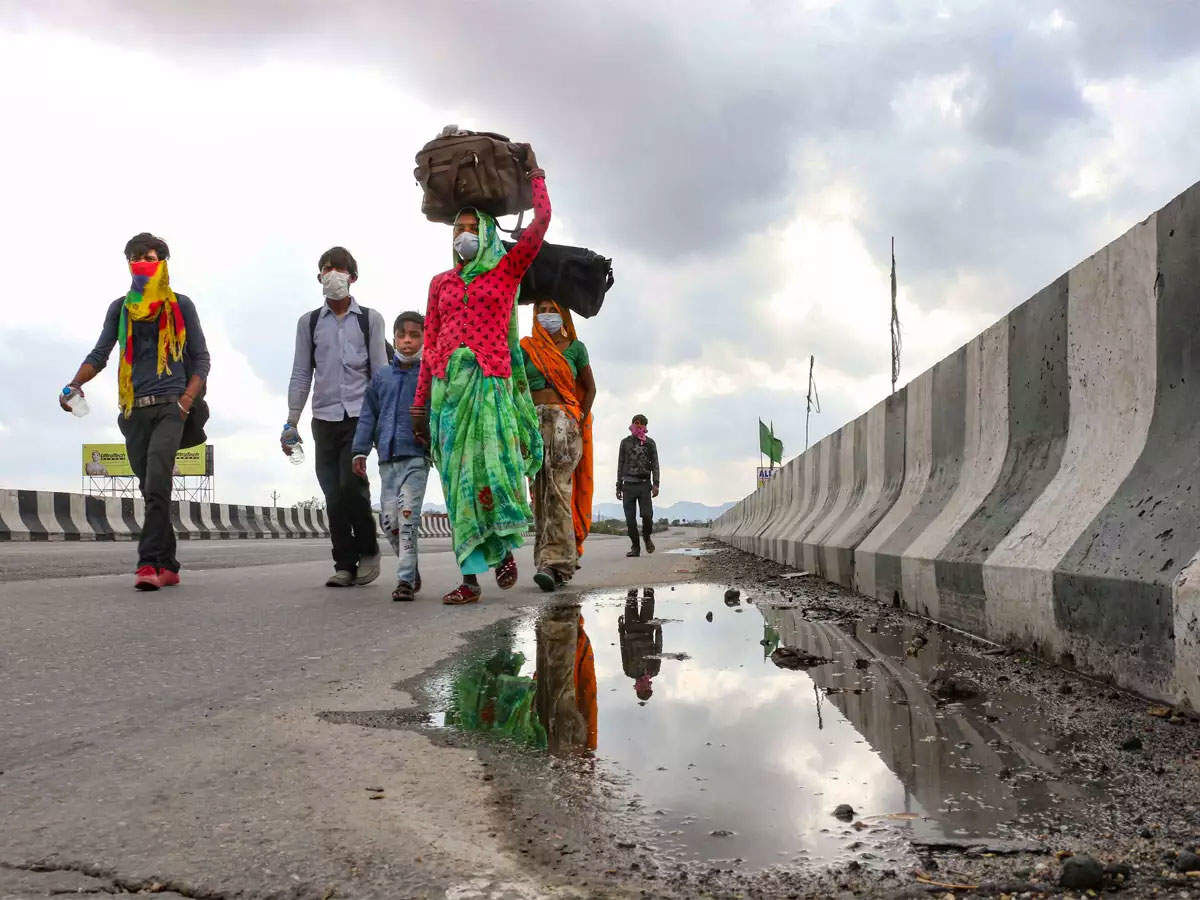No end to imagination
The IMF executive director has just declared that India was nearly free of extreme poverty in 2020 and inequality was the lowest in 40 years

Surjit Bhalla never fails to amaze one with his imaginative rendition of otherwise boring and clinical economics. For starters, Surjit is known or understood differently by different people: a "reputed economist", a "pro-Modi economist", someone who "looks for a dog who did not bark", an economist "who molests poverty data", to just sample a few.
For the record: He is the executive director for India, Bangladesh, Sri Lanka and Bhutan at the International Monetary Fund (IMF). He was also a part-time Member of the Economic Advisory Council to the Prime Minister (of India) before resigning from the position in December 2018.
His latest paper Pandemic poverty and Inequality: Evidence from India has been published on the IMF website under the 'IMF Working Paper' section. Such papers are supposed to elicit comments and discussions, and as IMF has reiterated, views expressed in this paper "do not necessarily represent the views of the IMF, its executive board, or IMF management."
This paper, co-written with Karan Bhasin and Arvind Virmani, is claimed to be "the first paper to measure the direct explicit effect of in-kind transfers and subsidies on poverty in India."
It has examined how the food subsidies under the National Food Security Act 2012 and the pandemic-specific relief programme, the Pradhan Mantri Garib Kalyan Yojana, have impacted extreme poverty and inequality level during the COVID-19 pandemic. The paper's claims are a kind of call for national celebrations.
"Extreme poverty was as low as 0.8 per cent in the pre-pandemic year 2019, and food transfers were instrumental in ensuring that it remained at that low level in pandemic year 2020," the paper established.
It further added: "Extreme poverty (less than Purchasing Power Parity USD 1.9 per person per day) in India is less than one per cent in 2019 and it remained at that level even during the pandemic year 2020."
According to this paper, extreme poverty in India was below or equal to one per cent in the last three years. "In the pandemic year, 2020-21 extreme poverty was at its lowest level ever — 0.8 per cent of the population." India was on verge of eliminating extreme poverty before the pandemic, the paper claims.
Not just this, inequality — measured by Gini Coefficient — has reached its lowest level in 40 years, due to the food subsidies offered during the pandemic period. Admittedly, the writers have acknowledged: "For the first time in several decades extreme poverty in the world increased in the pandemic year 2020."
Thus, with this finding, India emerges as probably the only country not to have added poverty despite being always counted as the country with a high number of poor. India has not measured its poverty level for the last decade.
So, what measure did Surjit apply to reach this conclusion? As he and his co-writers have elaborated, usual household consumption expenditure surveys overestimate poverty rates as they don't include the 'in-kind' benefits like the subsidised food grains under the above two programmes. The belief is that subsidised food grains invariably reduce people's consumption expenditure.
So, to reach a 'reliable' poverty estimate, they monetised the subsidised food grains and added them to people's income basket, to put this in simple terms. Surjit and his co-writers have "assumed" in-kind transfer as cash transfer.
And why this assumption? "This is a reasonable assumption given that households could always sell the subsidised food grains in the open market." This as an assumption also defies imagination. And to declare an end to extreme poverty in India based on this assumption is simply methodical madness.
This writer travelled to 30 villages in Odisha and Chhattisgarh in February to gauge the impact of food grain programmes on the level of poverty. It is a universal acceptance that such subsidised food grain programmes have eliminated the extreme hunger situation, during the pandemic period as well. But most of the communities felt this had no impact on the level of poverty.
At the household level, the subsidised food grains have enabled people to meet food requirements but there is no certainty of income, particularly during the pandemic time. Poverty is not just a measure of hunger.
Strangely, Surjit has been a staunch advocate of doing away with food subsidies and distribution of subsidised food grains. And he propagated the distribution of food stamps and at some point, he supported universal income support. "Whether the recipient purchases bread or broccoli should not be the concern of the government," he argued on many occasions.
During the last general elections in May 2019, he said: "The next government should cut corporate tax by five per cent, expand income support schemes and abolish minimum support price in the next three years. There should be zero interference in agriculture."
His opposition to the Food Security Act is legendary. His disdain for the Mahatma Gandhi National Rural Employment Guarantee Act (MGNREGA) is well-known. In 2015, he calculated that the annual cost of "making an individual non-poor under the Public Distribution System Scheme in 2011-12 was Rs 24,076 while for MNREGA it was Rs 40,477."
Now, with this paper, he glorifies the expansion of India's food subsidy programmes and how it made India poverty-free in a pandemic year. To Surjit, the apt question: "Why this Kolaveri Di?" DTE
Views expressed are personal



